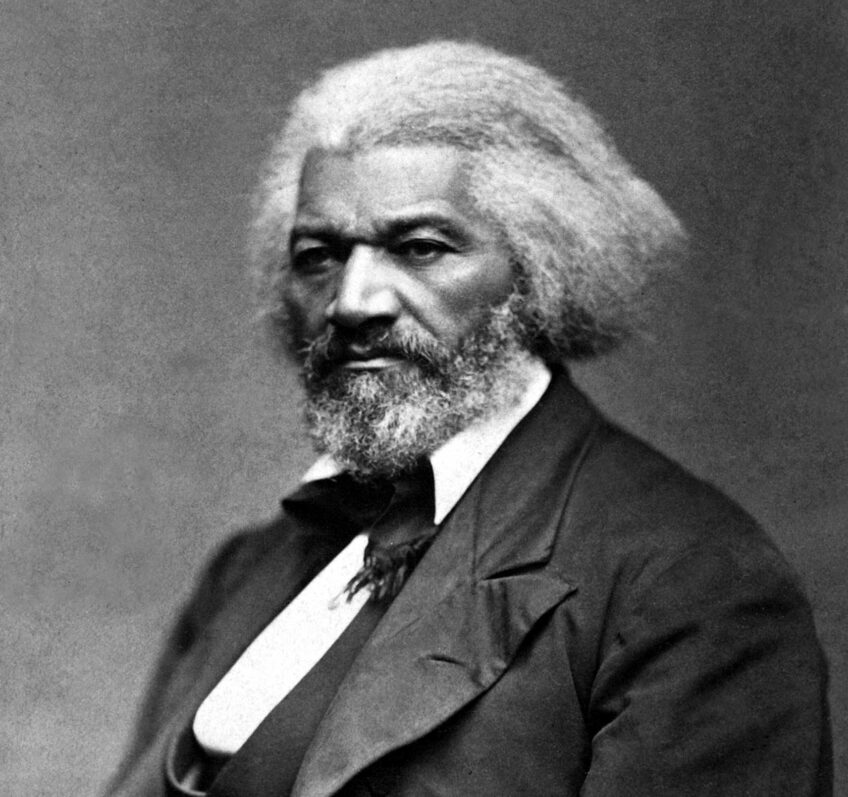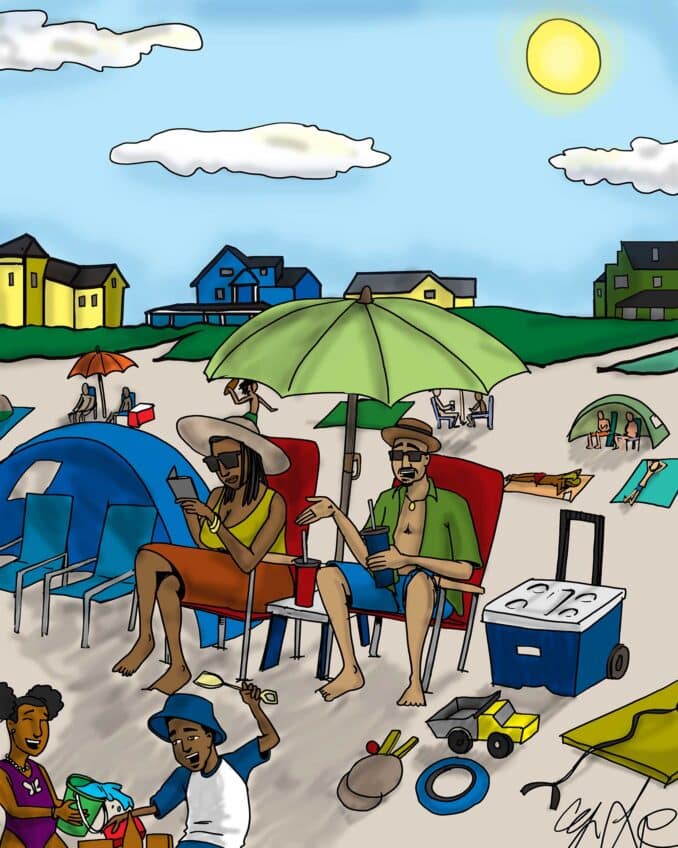Climate change instruction in our educational institutions is not where it should be currently. It’s a sad state of affairs when the world is visibly changing around us, and our youth don’t know what to make of it. It’s also unfortunate that our youth are witnessing climate change as a polarizing issue in our society. With accurate information and a comprehensive curriculum, we can equip our youth with the knowledge needed to propel society toward a more sustainable future.
Before I became a graduate student, not only did I have a limited understanding of climate change, but I also did not pay much attention to climate issues and the way they were affecting my community, even though climate change was happening in Brooklyn, where I was born and raised, all the time — from noise pollution, diesel exhaust lingering in the air, sweltering summers, frigid winters and a malodorously polluted Gowanus Canal.
From K–12, the closest thing I had resembling climate education was in either a biology or earth science class. Although my teachers were great at explaining concepts, the topics were usually covered in a short amount of time. It was not something that piqued my interest in climate change.
Comprehensive education about climate change should not start at the graduate level. It should start from grade school and continue through high school and post-secondary education. Teachers should also have resources and training about how to impart climate knowledge properly to their students.
Unfortunately, the reality is that teachers do not have the resources to educate their students about issues related to climate change. An article published in State of the Planet, a news site operated by the Columbia Climate School, highlighted the need for the professional development of teachers. The article noted that the two things that teachers cared most about regarding climate education were guidance about what to do and how to obtain the resources to do it.
Teachers having resources to present climate information would be beneficial to students who reside in urban areas. It comes as no surprise that people who live in urban areas are most affected by climate change, which can manifest itself through health disparities such as respiratory and heat-related illnesses. People of color have disproportionate levels of illnesses related to climate change, such as heat stroke or asthma. The students who live in these areas are aware of what is happening in their communities, yet they may not be aware of the broader implications. The right thing to do is provide them with climate literacy.
It is in our collective best interest to guide students’ curiosity about climate change. This involves eliminating disinformation and providing students with factual, evidence-based information. It also includes putting the knowledge into practice so students can influence the social issues involving climate change that they care about.
Lewis Thompson Jr. is a graduate student at SUNY Downstate Health Sciences University. This post appeared first on New York Amsterdam News.






